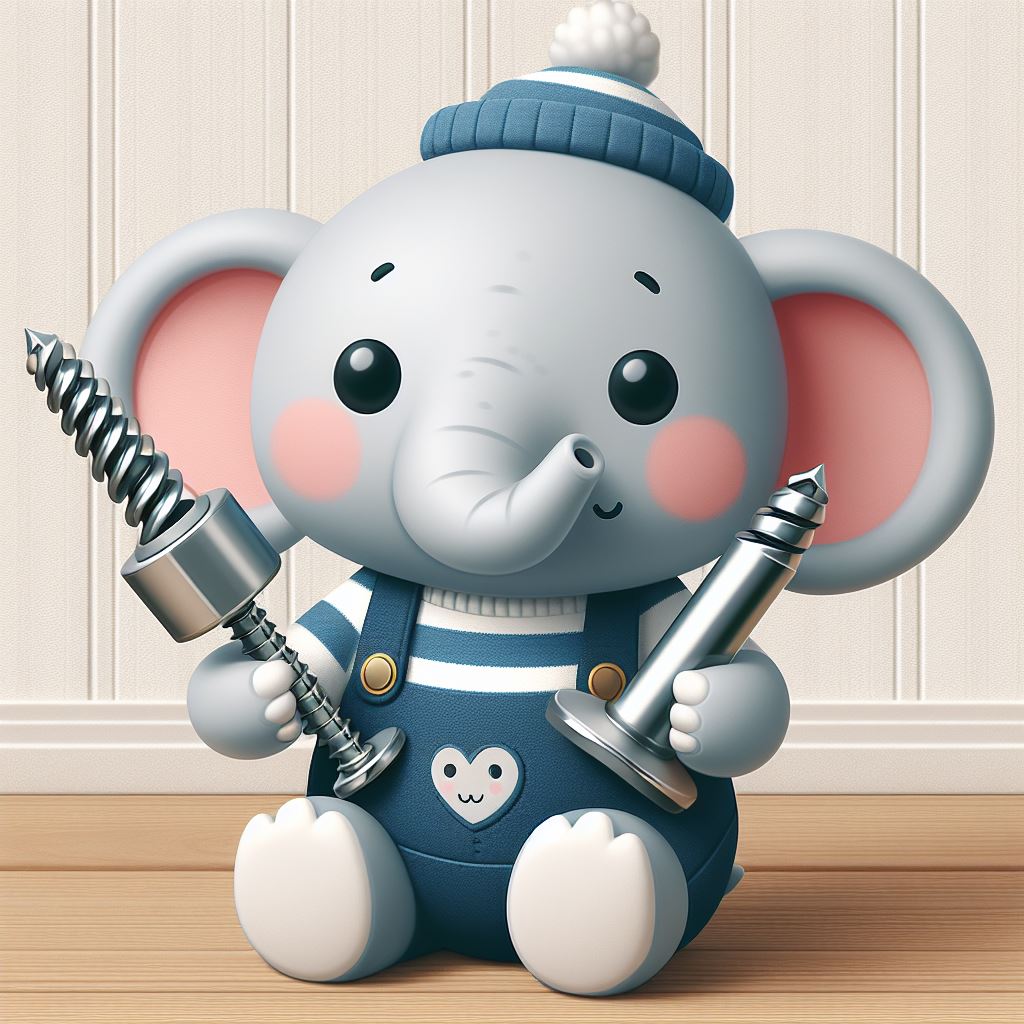How to mount a tv without studs?
Mounting a TV without studs? Yes, it's possible! Explore alternative methods like toggle bolts, hollow wall anchors, plywood mounts, adhesive strips, or freestanding TV mounts. For a reliable solution, check out CondoMounts Elephant Anchors, offering stability and ease of installation. Elevate your TV experience without the constraints of traditional studs! 📺🔩 #TVMounting #NoStuds #CondoMountsElephantAnchors
